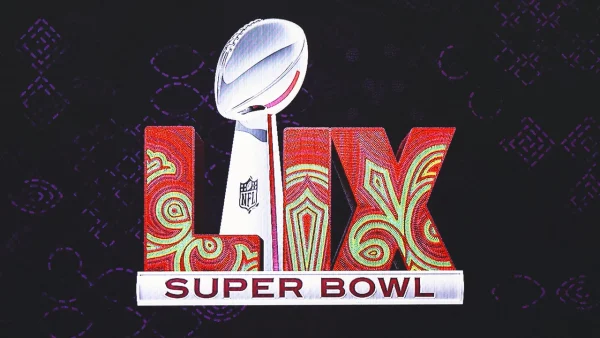Culture Appropriation vs. Appreciation
In a highly social society with an emphasis on communication and interactions around the globe, cultural influence and cultural exchange are bound to happen. Culture is an umbrella term that encompasses the language, food, dress, customs, religion, art, and knowledge of a specific race or ethnic group. Throughout history, different races and ethnic groups were able to share and swap aspects of their culture in healthy ways as they cultivated relationships with each other and learned from one another. These positive connections through cultural exchange and appreciation were put to an end with the globally widespread terror caused by European colonization efforts and Imperialism.
Europeans began taking and wiping out entire ethnic groups and destroying their cultures. The cultural erasure of the enslaved Africans by white colonizers in North America has forever altered the ways in which cultures interact today. Whiteness and white supremacy as an oppressive system like any other must evolve and consume in order to maintain their position as the “superior race.” The absence of a true culture creates a void that sucks up existing cultures and repackages them as a white invention.
One example is the Egyptian sculptures violently vandalized by white colonizers who blew off the noses to erase the clearly African features to convince the world they were created by white people. The damage caused by European colonizers can never be undone. Another example is yoga, a practice with strong roots in India and ties with Hindu spirituality that’s now commercialized for a largely white audience, completely disregarding its cultural significance. Also the use of African-American Vernacular English, a dialect created for and by Black people being used incorrectly by people outside of the community and repackaged as “Gen Z” slang. Or school districts-not LRSD- classify Asian students as “White” because their performance in school surpassed the white students and in order for white to remain the superior race they must expand to include those who might jeopardize their standing.
The systems put in place by white people to favor white people make it so that no white person can interact with a culture outside of their own that does not, at some level, appropriate said culture.
Cultural Appropriation is the repackaging of a certain aspect from a specific race or ethnic group’s culture as your own invention or simply ignoring the originator in an attempt to separate the aspect from its origins. Although cultural appropriation can occur between people of color it lacks the long violent history that is unique to white people.
Cultural appreciation is partaking in an aspect of another culture outside of your own in a respectful manner. Cultural appreciation requires an emphasis on learning from the people whose culture you wish to engage in and pays respect to them as the originators. That being said not every part of a race or ethnic group’s culture is open to outsiders no matter their intention and level of respect. Cultural appreciation takes into account what should remain untouched by people outside of the race and ethnic group the culture comes from. Among unacceptable appropriation are things like smudging for Native Americans and protective styles for black hair like braids and dreadlocks that are either a closed practice or crafted specifically for them and that culture. It commercializes the experiences and pain marginalized groups had to go through in order to carve out a space for themselves in a white supremacist society.
Cultural appropriation only brings about hostility and misrepresentation of people’s cultures.
While cultural appreciation is a tool that can be used to spread and spark understanding as well as connections between people from varying backgrounds and cultures.







Amy • Dec 26, 2022 at 4:27 pm
Well I don’t agree there is any such thing as “cultural appropriation”. There is just culture. You do not own culture. It is changing all the time. Nearly everything is borrowed from another culture. And it’s ridiculous to think that being raised in a multicultural country, you are not allowed to adopt many different things from all the different cultures around yourself. My country is multicultural, my country of ancestry is also a heavily multicultural society with so many immigrants now. I also noticed that so many people of colour have adopted so many things from European culture yet when it happens the other way around it’s labelled as “appropriation” which is outrageous. I recognise there was a colonial history. But nowadays other cultures are more dominant in many ways than the white culture. The cultural appropriation claims do a lot of damage and I think that’s why white people are so scared to adopt things from other cultures, like celebrating festivals like diwali or wearing a sari. There are plenty of Africans and Asians that wear jeans or a suit, so why arnt westerners allowed to wear a Sari or any other multicultural dress? It’s utterly ridiculous. And it is very damaging and divisive.